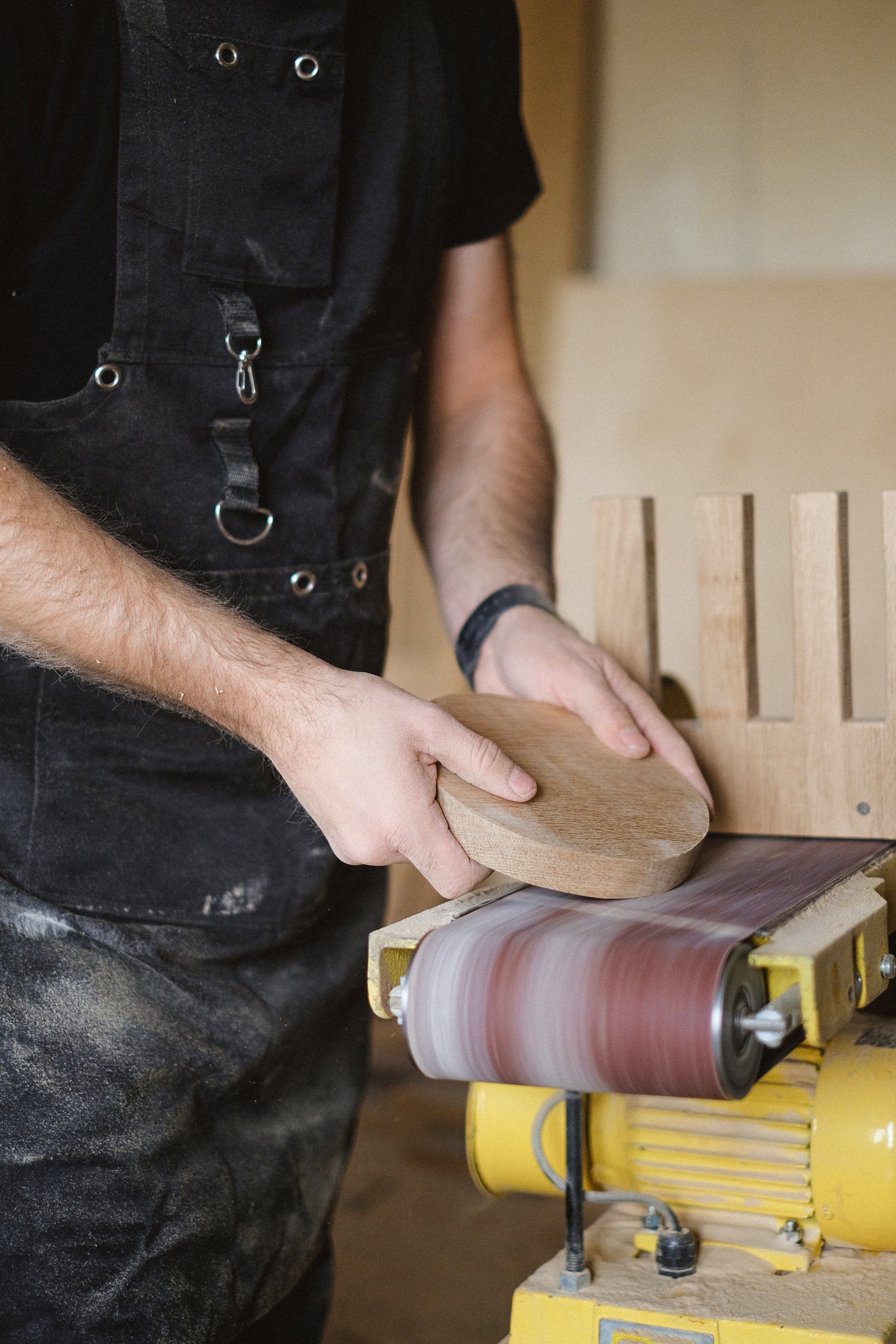Revolutionizing Bridge Construction: The Pivotal Role of Concrete Vibrators
Summary of Article on Modern Bridge Construction Technologies
| Section | Key Points |
|---|---|
| Introduction | Overview of how modern technologies like concrete vibrators have revolutionized bridge construction. |
| Detail-Oriented Construction | Emphasizes the importance of meticulous planning and execution in modern construction. |
| Little Chicago Bridge Case Study | Details the scale and complexity of the Little Chicago Bridge project in Wisconsin. |
| Structural Elements | Explains the beam span design and its benefits in modern bridge construction. |
| Role of Precast Beams and On-Site Concrete Deck | Highlights the innovative use of precast beams and on-site concrete decks. |
| The Science of Concrete | Discusses the chemistry behind high-quality concrete and the importance of proper consolidation. |
| Overcoming Challenges | Addresses the complexities involved in constructing 25-ft. tall abutments. |
| Mastering the Art of Deck Pouring | Introduces specialized machinery like the Bid-Well 3200 machine for efficient deck pouring. |
| Importance of Rebar Consolidation | Explains the role of rebar in reinforcing concrete structures and the need for proper consolidation. |
| Measuring Success | Details the performance metrics used to evaluate the success of the project. |
| Conclusion | Summarizes the lasting impact of modern construction technologies and looks ahead to future developments. |
Introduction: The New Age of Bridge Construction
The construction of bridges has come a long way from its humble beginnings. Gone are the days when the process was laborious, time-consuming, and fraught with challenges. Today, the industry is a hotbed of technological innovation, with tools like concrete vibrators leading the charge in enhancing both speed and quality.
This article aims to delve into the transformative power of these modern technologies, using the Little Chicago Bridge in Wisconsin as a case study to illustrate their impact. Let's explore how this attention to detail manifests in modern bridge construction.
The Importance of Detail-Oriented Construction
In the modern era, the devil is in the details. From planning to execution, every step is meticulously planned and executed, thanks to advancements in construction technology. This focus on detail ensures that even the most complex projects are completed with precision and efficiency.


A Closer Look at the Little Chicago Bridge
A Case Study in Modern Construction
Serving as a crucial link over the Little Rib River, the Little Chicago Bridge is more than just a feat of engineering; it's a testament to what modern construction technology can achieve. Spanning a length of 105 feet and a width of 37 feet, the bridge is a sizable structure.
What makes this project even more remarkable is the volume of concrete used—258 cubic yards, to be precise. This not only highlights the scale of the project but also underscores the importance of using advanced technology to manage such a large volume of material effectively. To understand the intricacies of this project, let's delve into the structural elements that make up the Little Chicago Bridge.
Structural Elements: The Backbone of the Bridge
The Little Chicago Bridge employs a beam span design, a popular choice in modern bridge construction for its balance of durability and economic feasibility. This design is particularly well-suited for the bridge's function as a vital traffic artery over the Little Rib River. It offers a harmonious blend of structural integrity and cost-effectiveness, making it an ideal choice for public infrastructure projects. Of course, the backbone of these structural elements is the material used—concrete.
The Science of Concrete: More Than Just a Mix
Concrete is often considered the backbone of any construction project, and rightly so. However, the quality of concrete goes beyond its basic components. A good concrete mix is essential, but what sets high-quality concrete apart is how it's handled during the construction process. Vibrating the concrete ensures that it fills every nook and cranny of the formwork, which is crucial for the concrete's performance and durability. While the right mix and handling of concrete are crucial, they come with their own set of challenges, especially when dealing with towering structures like 25-foot tall abutments.
Overcoming Challenges: The Case of 25-ft. Tall Abutments
In any bridge construction project, abutments serve as the pillars of strength, literally and metaphorically. When these structures reach towering heights, like the 25-foot tall abutments in the Little Chicago Bridge, the complexity multiplies. Traditional methods of vibrating concrete often fall short when it comes to such tall structures. The key issue is ensuring that each layer of concrete is adequately vibrated as it's added—a task that becomes increasingly challenging with height.
Enter modern concrete vibrators with customizable lengths. These devices, equipped with varying head and shaft lengths, offer a tailored solution to the challenges posed by tall abutments. Their interchangeable parts provide a cost-effective and efficient way to adapt to different construction scenarios. Once the foundational challenges are met, the next monumental task is the pouring of the bridge deck.
Mastering the Art of Deck Pouring
Pouring the bridge deck is a monumental task that demands both precision and efficiency. The introduction of specialized machinery has revolutionized this aspect of construction. The Bid-Well 3200 machine has been a game-changer. Running on rails along the bridge's length, this machine automates the pouring process, freeing up the crew to focus on more specialized tasks. But even with advanced machinery, the human element and the materials used, such as rebar, cannot be overlooked.
The Importance of Rebar Consolidation
A large amount of rebar is used to reinforce the concrete structures. Ensuring that the concrete is properly consolidated around this rebar is crucial for the bridge's structural integrity. Modern concrete vibrators are invaluable in achieving this level of consolidation, even when obstacles like rebar are present. All these meticulous efforts in construction and material handling are aimed at one thing—ensuring the project's success, which is measured in very concrete terms.
The Payoff: Measuring Success in Concrete Terms
The ultimate test of any construction project lies in its performance metrics. For the Little Chicago Bridge, the results were nothing short of exemplary. Rigorous tests were conducted to measure parameters like slump, temperature, and strength of the concrete. The bridge passed these tests with flying colors, affirming the effectiveness of the technologies employed.
One of the most remarkable achievements was the project's completion in just 28 days—eight days ahead of schedule. This not only reduces labor costs but also minimizes disruptions to local communities. So, what does all this mean for the future of bridge construction and the construction industry as a whole?
Conclusion: The Lasting Legacy of Modern Construction Technologies
The Little Chicago Bridge serves as a compelling case study in the transformative power of modern construction technologies like concrete vibrators. These devices have become indispensable, finding applications in an estimated 90% of all significant construction projects. Their consistent use across various scenarios underscores their reliability and effectiveness.


Are Ready To Work With HAMILTON CONCRETE WORKS?
Let's get in touch!
Send us a message and we’ll be in touch.
Or give us a call today at 289-204-1632











